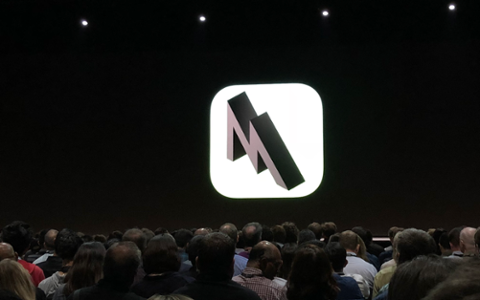
When Apple introduced the App Store, it opened up a whole new world for makers of mobile games. Here was a protected, curated channel that would feed millions of players directly to the games that they loved. What could possibly go wrong? But as the App Store filled with games, it kicked off a price war. Soon enough, the price of many games dove to a mere 99 cents—meaning that a game, unless it was a massive hit, would probably have trouble making back its development and marketing costs. Compounding the issue, the rapidly filling App Store made it harder for indie developers to stand out from the crowd. And then the model began to shift: Soon, game studios began offering their products for free, albeit with in-game purchases (such as avatar skins and equipment). With the massive success of games such as “Fortnite,” that model rapidly became a dominant one—and it made things even harder for those developers who still insisted on customers paying up-front for their products. Now, another model might be emerging, as illustrated by Apple Arcade and (potentially) Google Stadia. Here’s how it works: A company carefully curates a selection of games, and players pay a monthly fee to play those games as much as they want. The revenues, in turn, are divided among the developers in some fashion. Let’s call it the “Spotify” model. (Nintendo, Sony, and Microsoft are also planning to launch their own streaming services, or have already done so in a limited capacity; chances are good they’ll lean heavily into this model, despite their historical reliance on console-based games.) When Apple Arcade launches this fall, it will already have a hefty collection of games (and developers) on it: Apple and Google haven’t revealed much about how their developer ecosystems will work, but one presumes that all games chosen for inclusion will earn some cut of the overall revenues, just as with streaming services in other industries. The bigger game studios, in addition, will probably earn some kind of guaranteed money—but that’s definitely not a sure thing for smaller developers, who often don’t have much leverage. If this model becomes dominant, it could prove just as devastating for game developers as it did for the musicians subjected to the streaming-music model. A tiny percentage of developers and studios will do very well—and all the rest will make pennies, proportionally, from the number of times their games are played. That’s in addition to another pressing issue: Consumers who sign up for a service like Apple Arcade are potentially unlikely to spend time hunting for games beyond that highly curated portal, making discovery even more difficult for the bulk of indie developers. And those developers who make it into Apple Arcade may live in fear that Apple will banish them, crushing their revenue projections in the process. Of course, the future is unwritten, and it’s not clear at this juncture how this migration toward a streaming, flat-fee model may affect the gaming ecosystem (and game developers). But for many smaller developers, there may be something to fear here.


